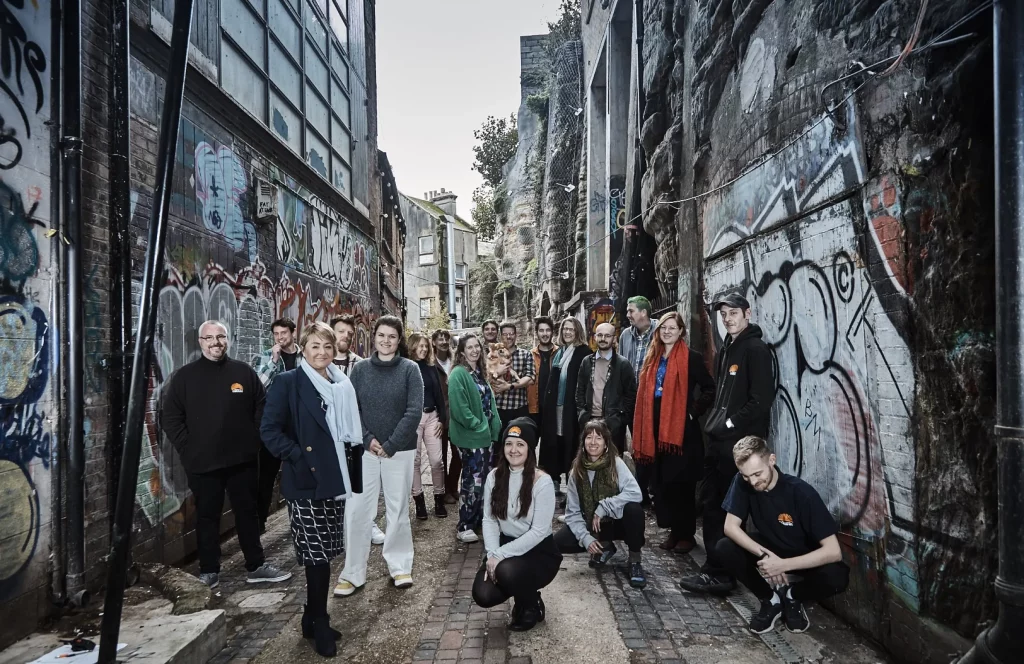The Public Housing Fund of Ljubljana is responsible for managing and developing affordable housing in Slovenia’s capital. Its work includes maintaining existing homes, constructing new ones, securing funding, and supporting tenants. A key focus is improving energy efficiency by retrofitting older buildings and building new low-energy or passive housing. These efforts have led to lower energy use, improved living conditions, and greater tenant satisfaction.
After the fall of communism in 1991, most public housing in Slovenia was sold to tenants at a large discount. In Ljubljana, this reduced the number of municipal rental homes from 12,000 to just 3,200. With high rents in the private sector and limited resources for new construction, demand for affordable housing remains high. The Fund has tackled past issues such as unpaid rent and poor maintenance by improving the quality of housing and reducing energy and maintenance costs.
Several projects have refurbished outdated housing blocks, adding insulation, replacing windows and doors, and installing advanced ventilation systems. Residents could choose to stay during construction, and many did. As a result, energy consumption dropped significantly. New housing developments are built to the PassivHaus standard, which ensures very low energy needs through good insulation and efficient ventilation. Most of the funding comes from the municipality and low-interest loans from environmental funds.
These projects have helped improve neglected neighbourhoods, reduce carbon emissions, and encourage more energy-conscious behaviour across the city. Tenants now report better health and quality of life. New laws require all buildings to meet energy-efficiency standards and include renewable energy systems. Ljubljana’s approach is now being adopted in other Slovenian cities and shared with other EU partners. While challenges remain—like limited budgets and the need for more trained professionals—the Fund’s work continues to serve as a model for sustainable and inclusive urban development.






